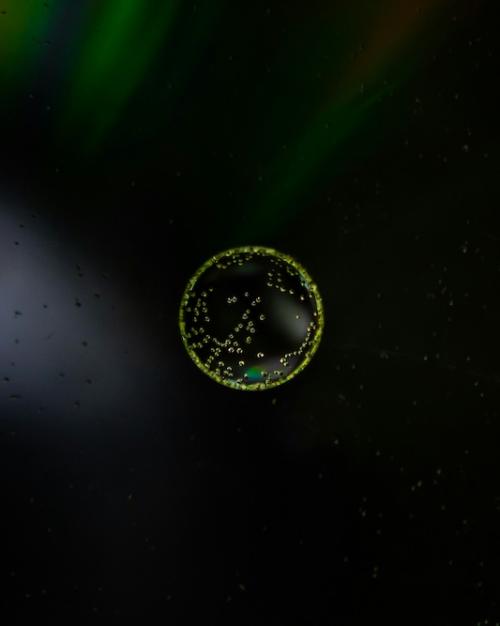For decades, scientists have agreed that comets are mostly water ice, but what kind of ice -- amorphous or crystalline -- is still up for debate. Looking at data obtained by ESA's Rosetta spacecraft in the atmosphere, or coma, around comet 67P/Churyumov-Gerasimenko, scientists are seeing evidence of a crystalline form of ice called clathrates.
"The structure and phase of the ice is important because it tells us a lot about how and where the comet may have formed," says Adrienn Luspay-Kuti, (Southwest Research Institute), lead author of a paper titled "The presence of clathrates in comet 67P/Churyumov-Gerasimenko" published in the April 8 issue of the journal Science Advances. "If the building blocks of 67P were predominantly crystalline ices and clathrates, then 67P likely agglomerated from chunks of ice closer to the Sun. The protosolar nebula closer to the Sun experienced higher temperatures and more turbulence where crystalline ices could form as the nebula cooled. More pristine amorphous ices likely dominated the colder outskirts of the rotating disk of dust and gas that surrounds the core of a developing solar system."
Amorphous water ice efficiently traps large amounts of volatile compounds, which are released simultaneously upon warming. Water clathrates are crystalline structures containing gas molecules. The volatiles locked inside the water actually create the stable clathrate structure. These structures release gases at characteristic temperatures, dependent on the gas-phase volatile locked inside the clathrate. An international team of cometary experts interpreted Rosetta spacecraft dat, and found that the observed outgassing pattern indicates the nucleus of 67P contains clathrates.
“This work illustrates the extraordinary success of the Europan Space Agency’s Rosetta mission, and the importance of cooperation between European and US planetary scientists in general,” says Jonathan Lunine, the David Duncan Professor in the Physical Sciences in the College of Arts & Sciences, member of the Carl Sagan Institute, and a co-author on the paper.
"Without direct sampling of the nucleus interior, evaluating the composition of the coma provides the best clues about the ice structure and, as a result, the possible origin of cometary nuclei," says Luspay-Kuti. "Thought to closely reflect the composition of the building blocks of our solar system, comets carry important information about the prevalent conditions in the solar nebula before and after planet formation. These small icy bodies help us understand the big picture."
The multi-institute team of cometary scientists analyzed mass spectrometer data from the southern region of 67P from September to October 2014, before equinox. 67P is a Jupiter family comet thought to originate from the Kuiper Belt. Scientists are comparing these new data with data from the flyby of Hartley 2 -- considered cometary kin in family and origin to 67P -- and finding correlations. If these comets formed closer to the Sun than originally thought, these data could help refine solar system formation models.
The research was supported by NASA's Jet Propulsion Laboratory, Cornell University, the French National Research Agency, Centre National d'Études Spatiales, and the James Webb Space Telescope project.
Image Courtesy of ESA/Rosetta/MPS for OSIRIS Team MPS/UPD/LAM/IAA/SSO/INTA/UPM/DASP/IDA




